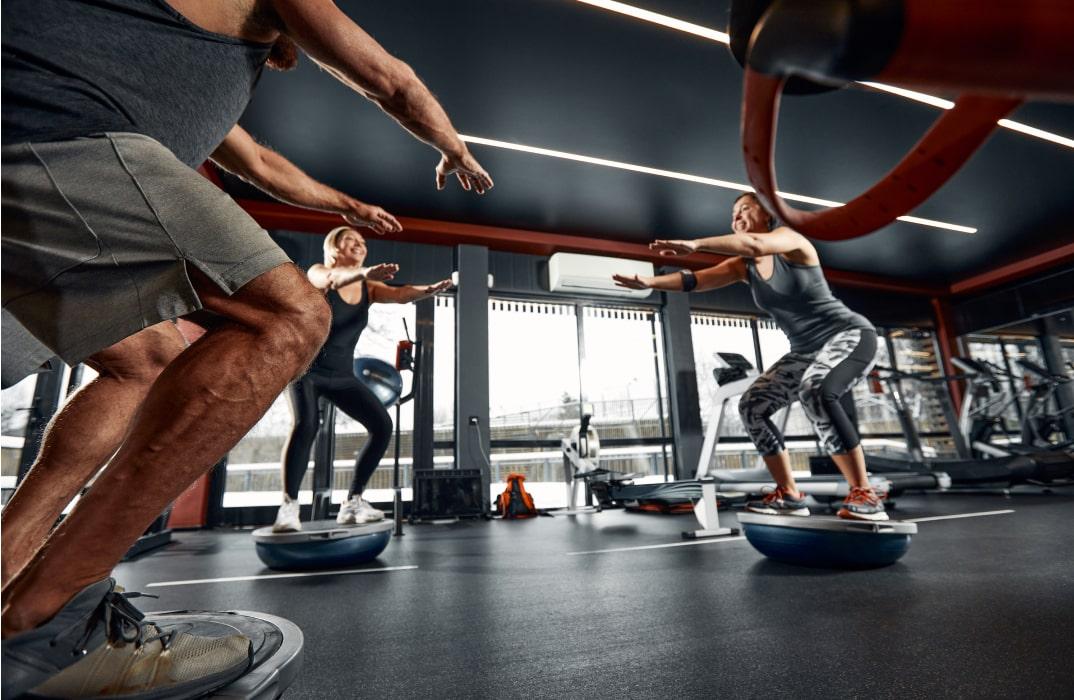Notifications

9 minutes, 21 seconds
-13 Views 0 Comments 0 Likes 0 Reviews

For years, my workout routine looked a lot like everyone else’s — a mix of gym machines, running, and the occasional group class. But 2025 has reshaped how I think about fitness. What used to be about following the same set of exercises has now become more focused on personalization, convenience, and results that align with everyday life. I started noticing how many people around me were trying new approaches, from tech-driven platforms to outdoor movement-based programs. Curious to see if it could help shake up my own routine, I began exploring these trends for myself.
One of the biggest shifts I’ve seen is the move toward workouts that focus more on real-world movements. Instead of isolating muscles with machines, functional fitness is all about training for how we actually move day to day. I started trying things like kettlebell flows, mobility circuits, and bodyweight exercises. It didn’t take long to realize how effective and time-efficient these workouts are.
These types of exercises not only improve strength but also support better posture, balance, and energy throughout the day. I’ve found them especially useful when I’m short on time but still want a full-body session.
What worked well for me includes:
The best part is, I can do most of these workouts at home or even outside. It feels good knowing that I’m training my body to move better — not just lift heavier.
As someone who likes flexibility in my schedule, I’ve leaned more into digital platforms this year. The rise of smart fitness apps and wearable tech has completely changed how I track progress. In the past, I had to rely on my own memory or scattered notes. Now, everything from reps to recovery is logged automatically.
I started using a fitness tracker that connects to my phone and provides real-time feedback. It gives me reminders when I’ve been inactive too long, tracks my sleep, and suggests recovery workouts. I also joined a subscription-based app that offers guided strength and mobility classes that I can do on demand.
A few tools that made a difference for me:
Around the time I was making these changes, I also came across some interesting conversations online about daily habits and how small routines can support long-term goals. That’s when I started switching from traditional smoking to an e cigarette. It’s become a low-key way to take a break during long stretches of work or post-workout wind-downs, without stepping away from progress.
While group workouts aren’t new, the way they’re structured in 2025 is definitely different. I used to think group fitness meant either bootcamp or cycling. But now there are classes tailored to very specific interests — like mobility for desk workers, strength for beginners, and low-impact power sessions for older adults.
I recently joined a small group mobility class focused on joint health and movement patterns. It’s nothing like traditional gym sessions, but I’ve felt more flexible and injury-free since I started. It’s also a great way to stay social without a high-pressure environment.
Some popular specialized classes I’ve tried or heard about:
It’s encouraging to see more options that cater to what people actually need, instead of a one-size-fits-all routine.
Another trend I’ve really embraced this year is outdoor fitness. I always enjoyed being outside, but I never saw it as a structured way to train until I came across natural movement workouts. These programs focus on using what’s around you — hills, benches, grass, even playgrounds — to create a workout environment.
Now, I plan at least two outdoor sessions each week. Sometimes it’s a hike with mobility drills, other times it’s bodyweight strength mixed with jogging intervals in the park. I’ve found this not only helps with fitness but also supports mental clarity. Being in fresh air and natural light makes a big difference after sitting at a desk for hours.
Here are a few things that make outdoor fitness effective for me:
Outdoor sessions are also a great opportunity to step away from screens and recharge, which I find helps with focus later in the day.
I’ve noticed how routines like these build consistency. And in the same way, vaping became a consistent part of my relaxation routine. Whether it’s during a break between meetings or while cooling down after a workout, it fits into my lifestyle without throwing off my goals. That balance — finding healthy habits that complement each other — has made 2025 feel more aligned in terms of wellness.
What I’ve realized through all this change is that fitness in 2025 is less about following strict rules and more about making things work for your life. Whether I’m at home, using a fitness app, in a park, or with a small group, there’s always a way to stay active without feeling boxed in.
I used to think I had to be in a gym to be making progress. Now, I see how every movement counts — and that the right tools, platforms, and habits can support my goals just as well. The freedom to mix things up based on how I feel, how much time I have, and what’s happening in my life is a big reason why I’ve stuck with these newer trends longer than anything I tried before.
So for anyone feeling stuck with traditional workouts, I’d definitely recommend trying some of these approaches. You don’t have to replace everything at once. Even a small change — like a new app, a group session, or a walk in the park — can lead to bigger results down the road.

